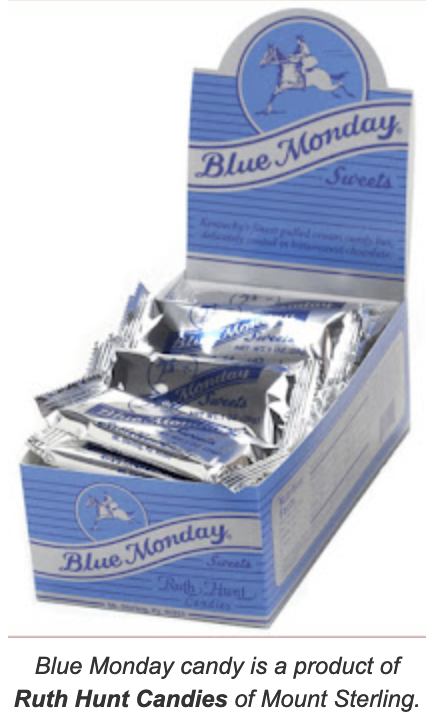‘Blue Monday’ is a myth, but seasonal affective disorder is not

Monday, Jan. 15, is considered by some to be “Blue Monday,” the most naturally depressing day of the year as people feel “blue” from holiday bills, bleak weather and forsaking their New Year resolutions, says Hackensack Meridian Health of New Jersey in a press release.
It’s common for all these factors to have a compounding effect on mental health, but point out that sadness or depression don’t follow a calendar and can happen at any time, say the hospital group’s psychiatrists and psychologists. “Understand you are not alone and talk to others about your stressors and, most importantly, seek help if the symptoms of depression are severe or persist,” the release says.
“It is OK if you haven’t succeeded at your resolution yet. Start now. Don’t attach your success to the calendar,” said psychiatrist Dr. Rehan Aziz. “Make sure your resolution is measurable and manageable, with small steps.When starting new habits, set reasonable expectations.“
“Blue Monday” is a myth, but is emblematic of feelings of depression at this time of year, experts say. “Although the most difficult time of year may vary for each person, any time with higher stress, less sunlight, feeling lonely, or barriers to enjoyable activities can take a toll on our moods,” said psychologist Heather Derry-Vick. “For many people, wintertime checks a lot of those boxes,”
Seasonal affective disorder (SAD) is a type of depression that usually happens in fall and winter, when less daylight triggers chemical changes in the brain. SAD can be trated with therapy using light and and antidepressants.
“Some researchers believe that SAD can be linked to a reduction in serotonin production, a chemical in the brain that helps to regulate mood; or a vitamin D deficiency, which can occur due to changes in exposure to sunlight,” psychiatrist Dr. Yolanda Picket said. “Some also believe that there is a link to increased melatonin production, which may be triggered by the darker days in fall and winter seasons.”
Treatment options that may help patients with depression or SAD include:
- Talk therapy, such as cognitive behavioral therapy
- Medication
- A combination of talk therapy plus medication
Lifestyle changes that may help patients with depression or SAD include:
- Getting exercise regularly
- Socializing with friends regularly
- Participating in activities that you typically enjoy regularly
Other treatments that may help patients with winter-pattern SAD include:
- Light box therapy – exposure to a certain type of bright light
- Vitamin D supplements, if they’re recommended by a doctor
Lifestyle changes that may help patients with winter-pattern SAD include:
- Regulating sleep patterns, to avoid sleeping too much
- Regulating diet, to avoid overeating or craving carbs
Even though the data may not support the idea of Blue Monday, it can be a good reminder to do a personal mood check.